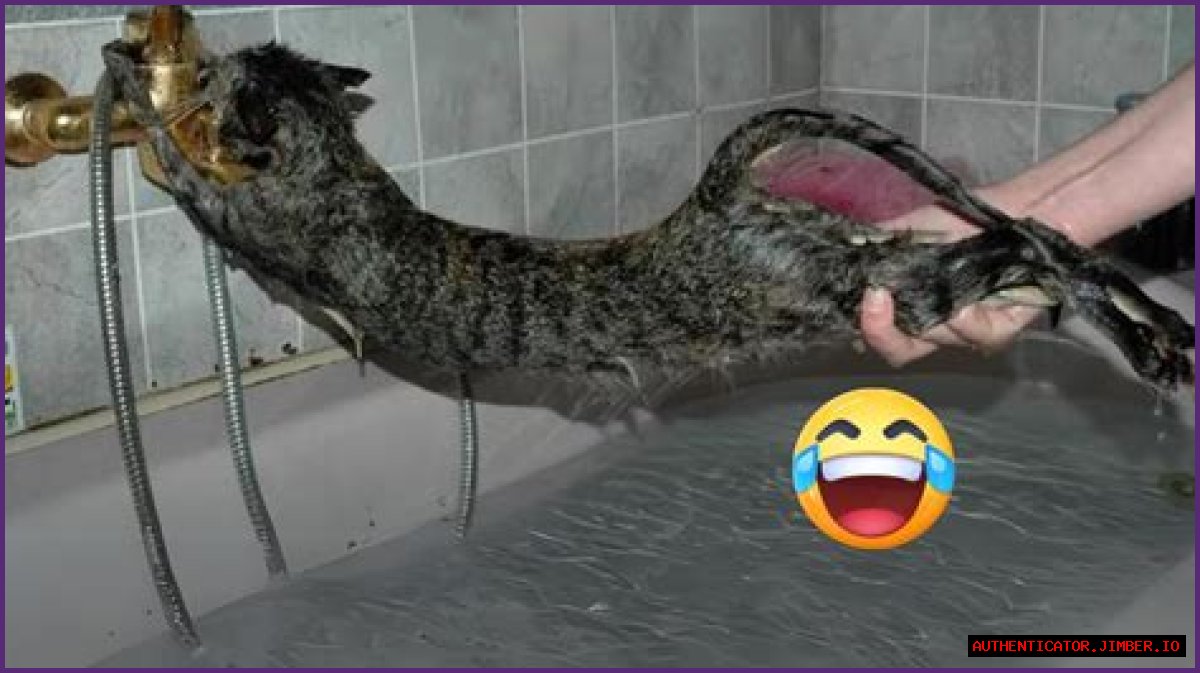Have you ever caught your feline friend in a moment that seemed almost human, a moment defined by the unmistakable expression of cat pouting? It's as if they are channeling their inner diva, flaunting an array of emotions that can range from mild annoyance to sheer discontent. The phenomenon of cats pouting is not just a whimsical quirk; it is a fascinating insight into their emotional landscape. Understanding why cats pout can deepen our connection with them and help us cater to their needs.
In a world where we often anthropomorphize our pets, observing the subtleties of cat pouting can reveal much about their feelings, moods, and desires. This behavior is not merely a passing phase; cats have their unique ways of expressing dissatisfaction or longing for attention. From the droopy ears to the subtle twitch of their tails, every detail plays a role in their pouty demeanor.
So, what exactly triggers cat pouting? Is it merely a reaction to their environment, or do they have deeper emotional needs? In this article, we will explore the reasons behind this adorable yet perplexing behavior, offering insights that will enhance your understanding of your feline companion. Join us as we delve into the world of cat pouting and uncover the secrets behind those expressive little faces!
What Is Cat Pouting?
Cat pouting refers to the behavior exhibited by cats when they display signs of dissatisfaction, annoyance, or a desire for attention. This behavior can manifest through specific facial expressions, body language, and vocalizations, making it a distinct aspect of feline communication.
👉 For more insights, check out this resource.
Why Do Cats Pout?
There are several reasons why your cat may engage in pouting behavior. Understanding these reasons can help you respond appropriately and foster a better relationship with your pet. Here are some common triggers for cat pouting:
- Attention-Seeking: Cats often pout when they feel ignored or want your attention.
- Displeasure: A cat may pout if they are unhappy with their environment, such as a change in routine or the presence of unfamiliar animals.
- Health Concerns: Sometimes, pouting can indicate discomfort or pain, requiring a visit to the veterinarian.
- Hunger: If their food bowl is empty, expect a pouty face as they express their displeasure.
How Can You Tell If Your Cat Is Pouting?
Identifying a pouty cat is relatively straightforward if you know what to look for. Here are some signs that your cat may be pouting:
👉 Discover more in this in-depth guide.
- Droopy Ears: When a cat's ears droop, it often indicates a lack of enthusiasm.
- Subtle Growls or Whines: Vocalizations can be a clear indicator of a cat's displeasure.
- Body Language: A cat may hunch down or turn away as a sign of annoyance.
- Staring: A prolonged stare can indicate frustration or a desire for attention.
Can Cat Pouting Be Prevented?
While it isn't possible to eliminate cat pouting entirely, you can take steps to minimize the triggers that lead to this behavior. Here are some tips to keep your cat happy and reduce instances of pouting:
- Regular Playtime: Engage your cat in interactive play to keep them mentally stimulated.
- Consistent Routine: Cats thrive on routine, so try to keep feeding and playtimes consistent.
- Provide Enrichment: Offer toys, scratching posts, and climbing structures to keep your cat engaged.
- Regular Health Checkups: Ensure your cat is healthy by scheduling routine veterinary visits.
What Are the Differences Between Cat Pouting and Other Behaviors?
While cat pouting may seem similar to other feline behaviors, it has distinct characteristics. Here's how to differentiate cat pouting from other common behaviors:
- Normal Resting: Unlike a pout, resting behaviors involve relaxed body language and a calm demeanor.
- Playful Behavior: Playfulness is characterized by active movements and engagement, contrary to the stillness of a pout.
- Affectionate Signs: Cats show affection through purring and kneading, which is the opposite of the sulky demeanor of a pout.
How Do Different Breeds Exhibit Pouting?
Interestingly, cat pouting can vary among different breeds. Some breeds may be more prone to pouting due to their personalities. For example:
- Siamese: Known for their vocal nature, Siamese cats may express their pout through loud meows.
- Persians: These cats are often laid-back but can show a pout when seeking attention.
- Bengals: Active and playful, Bengals may pout when they feel bored or neglected.
Can Cat Pouting Indicate a Serious Problem?
While pouting is often benign, it can sometimes signal underlying issues. If your cat frequently pouts or exhibits changes in behavior, it may be worth consulting a veterinarian. Here are some potential issues to consider:
- Health Problems: Pain, illness, or discomfort can lead to pouting behavior.
- Stress Factors: Changes in the household, such as moving or new pets, can cause anxiety in cats.
- Age-Related Issues: Senior cats may exhibit more frequent pouting due to health concerns.
Conclusion: Embracing the Pout
In conclusion, understanding cat pouting is essential for any cat owner. This behavior not only allows us to recognize our cats' emotional states but also helps us respond to their needs effectively. By paying attention to the signs and triggers of cat pouting, we can foster a loving and harmonious relationship with our feline friends. So, the next time you see your cat in a pout, take a moment to consider what they may be trying to tell you!
Exploring The Allure: Michelle Buteau's Tits And Body PositivityUnveiling Paul Reubens In Nightmare Before Christmas: The Man Behind The MagicStep Into The Spotlight With An Usher Halloween Costume
